CNHL Speedy Pizza 4S 1200mAh 100C LiPo Battery – XT60 Description:

Ignite your RC racing passion with the CNHL Speedy Pizza 14.8V 4S 1200mAh 100C LiPo Battery – XT60. Engineered for ultimate performance, this battery delivers unmatched power and agility on the track. With a high voltage precision of 14.8V and four cells ensuring consistent voltage output, it propels your drone and RC with lightning-fast acceleration and breathtaking speed. Despite its compact size, the battery’s 1200mAh capacity and 100C/200C discharge rate offer maximum thrust and endurance, while its lightweight design of just 189g enhances maneuverability and precision handling. Enjoy rapid recharge times with a max charge rate of 5C, keeping you in the race longer. Dominate every lap with the CNHL Speedy Pizza Battery and experience the thrill of victory like never before.
Specifications of CNHL 4S 1200mAhSpeedy Pizza 14.8V 100C LiPo Battery
- Nominal Voltage: 14.8V
- Cells: 4
- Capacity: 1200mAh
- Discharge Rate (Cont./Burst): 100C/200C
- Max Charge Rate: 5C
- Dimensions: 31x34x75mm
- Discharge Lead: XT60
- Balance lead JST-XH
- Weight: 152g
Includes
- 1x CNHL Speedy Pizza 14.8V 4S 1200mAh 100C LiPo Battery – XT60
Battery Disclaimer:

Understanding the Causes of LiPo Battery Failure in FPV Drones
LiPo (Lithium Polymer) batteries are the lifeblood of FPV drones, powering everything from the motors to the electronics that enable your quadcopter to soar through the skies. While these batteries are essential for high-performance flying, they are also delicate and prone to failure or premature death if not handled correctly. In this article, we’ll explore the various causes of LiPo battery failure, helping you to extend the lifespan of your batteries and ensure consistent performance during your flights.
1. Overcharging and Overvoltage
One of the most common causes of LiPo battery failure is overcharging. Charging a LiPo battery beyond its maximum voltage—typically 4.2V per cell—can cause significant damage. Overcharging can lead to the swelling of the battery cells, increased internal resistance, and, in extreme cases, thermal runaway, which can result in fire or explosion.
- Prevention: Always use a quality balance charger with built-in safety features to prevent overcharging. Ensure that you never exceed the recommended charge voltage for your specific LiPo battery.
2. Overdischarging
Overdischarging occurs when a LiPo battery is drained below its safe minimum voltage, typically around 3.5V per cell. Discharging a battery too low can cause irreversible chemical changes within the cells, leading to a loss of capacity, increased internal resistance, and eventual failure.
- Prevention: Use a low-voltage alarm or set your drone’s flight controller to warn you when the voltage drops below a safe threshold. It’s also advisable to land your drone as soon as the voltage drops to around 3.5V per cell under load, giving you a buffer to avoid overdischarge.
3. Physical Damage
LiPo batteries are particularly vulnerable to physical damage, which can occur due to crashes, punctures, or rough handling. Any damage to the battery casing can lead to exposure of the internal cells, which may result in swelling, leakage, or short circuits.
- Prevention: Always inspect your batteries after a crash or rough landing. If you notice any dents, swelling, or other signs of damage, it’s best to safely dispose of the battery rather than risk using it. Protect your batteries with soft cases or padding during transport and in your drone.
4. High Current Draw
FPV drones, especially those built for racing or freestyle flying, often draw high currents from their batteries. While LiPo batteries are designed to handle high current loads, drawing excessive current for extended periods can cause overheating, swelling, and a decrease in battery lifespan.
- Prevention: Ensure that your battery’s C-rating (the measure of how much current the battery can safely deliver) matches the demands of your drone’s setup. Avoid pushing your batteries to their limits during every flight, and consider using batteries with a higher C-rating for demanding flying styles.
5. Improper Storage
Improper storage is a major factor in the premature aging of LiPo batteries. Storing LiPo batteries fully charged or fully discharged for extended periods can cause capacity loss and increase the risk of swelling.
- Prevention: Store your LiPo batteries at a storage voltage of around 3.7V to 3.85V per cell. Use a balance charger’s storage mode to set your batteries to the correct voltage before storing them in a cool, dry place. Avoid storing batteries in hot environments, such as inside a car or near direct sunlight.
6. Poor Charging Practices
Charging LiPo batteries improperly can lead to a range of issues, from reduced capacity to complete failure. Using incorrect settings on your charger, charging at too high or too low a current, or using a damaged charger can all contribute to battery failure.
- Prevention: Always double-check your charger settings before plugging in your batteries. Charge your batteries at a moderate rate (typically 1C, where C is the battery’s capacity) unless you’re confident that a faster charge won’t harm the battery. Regularly inspect your charger for wear and tear, and replace any damaged components.
7. Environmental Factors
Environmental conditions such as extreme temperatures, humidity, and exposure to water can also lead to LiPo battery failure. High temperatures can cause the battery cells to swell, while cold temperatures can reduce capacity and increase internal resistance. Exposure to moisture can lead to short circuits and corrosion.
- Prevention: Fly and store your batteries within their recommended temperature ranges. Keep them dry, and avoid flying in rainy or excessively humid conditions. If you suspect that a battery has been exposed to moisture, allow it to dry thoroughly before use, but be cautious as the internal damage may have already occurred.
8. Age and Usage Cycles
Even with the best care, LiPo batteries have a finite lifespan. Over time and through repeated charge/discharge cycles, the chemical composition of the cells degrades, leading to reduced capacity, increased internal resistance, and eventually, failure.
- Prevention: Monitor the performance of your batteries regularly. If you notice a significant drop in flight time or increased swelling, it may be time to retire the battery. Keeping a log of your battery usage can help you track the number of cycles and predict when a battery is nearing the end of its useful life.
Li-Po and Li-Ion batteries must be cared for properly when stored, and NEVER charged, balanced, or discharged unattended.
ALWAYS be in the same room within line of sight of charging or discharging batteries.
NEVER charge or discharge batteries on a flammable surface.
Failure to follow these instructions may result in fire, personal injury, and/or property damage.
By purchasing this battery, you agree that Pyrodrone and the battery manufacturer are in no way responsible for consumer battery charging and care, or any of the risks associated with Li-Pos or Li-Ions.
Read More About Lipo Batteries by clicking the link below:
https://oscarliang.com/fpv-drone-guide/
Checkout our Frames Collection by clicking the link below:
https://thefpvproject.com/product-category/frames/
1S = 1 cell = 3.7V
2S = 2 cells = 7.4V
3S = 3 cells = 11.1V
4S = 4 cells = 14.8V
5S = 5 cells = 18.5V
6S = 6 cells = 22.2V
For example, we call a 14.8V battery a “4-cell” or “4S” battery.
LiPo battery is designed to operate within a safe voltage range, from 3V to 4.2V. Discharging below 3V could cause irreversible performance loss and even damage to the battery. Over-charging above 4.2V could be dangerous and eventually cause a fire.
However, it’s advisable to stop discharging when it reaches 3.5V for battery health reasons. For example for a 3S Lipo, the max voltage is 12.6V, and you should land when the voltage reaches 10.5V (at 3.5V per cell).

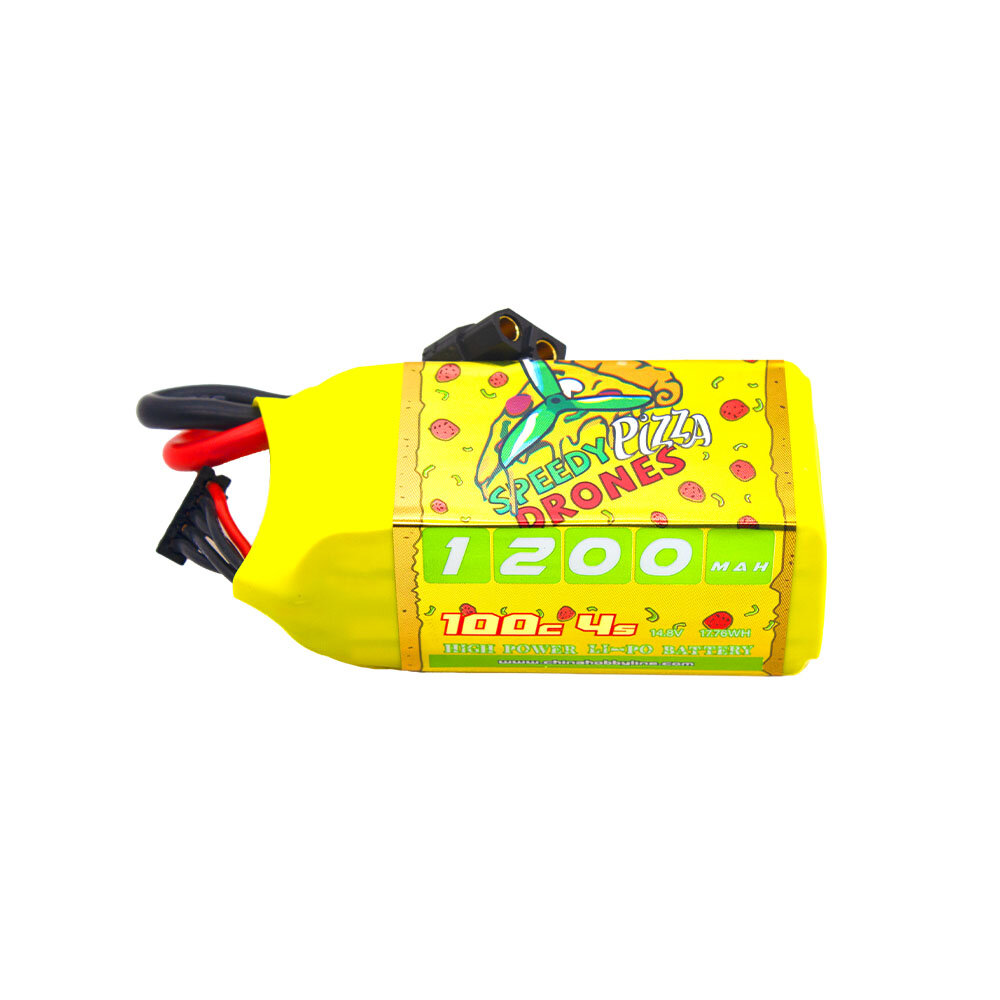
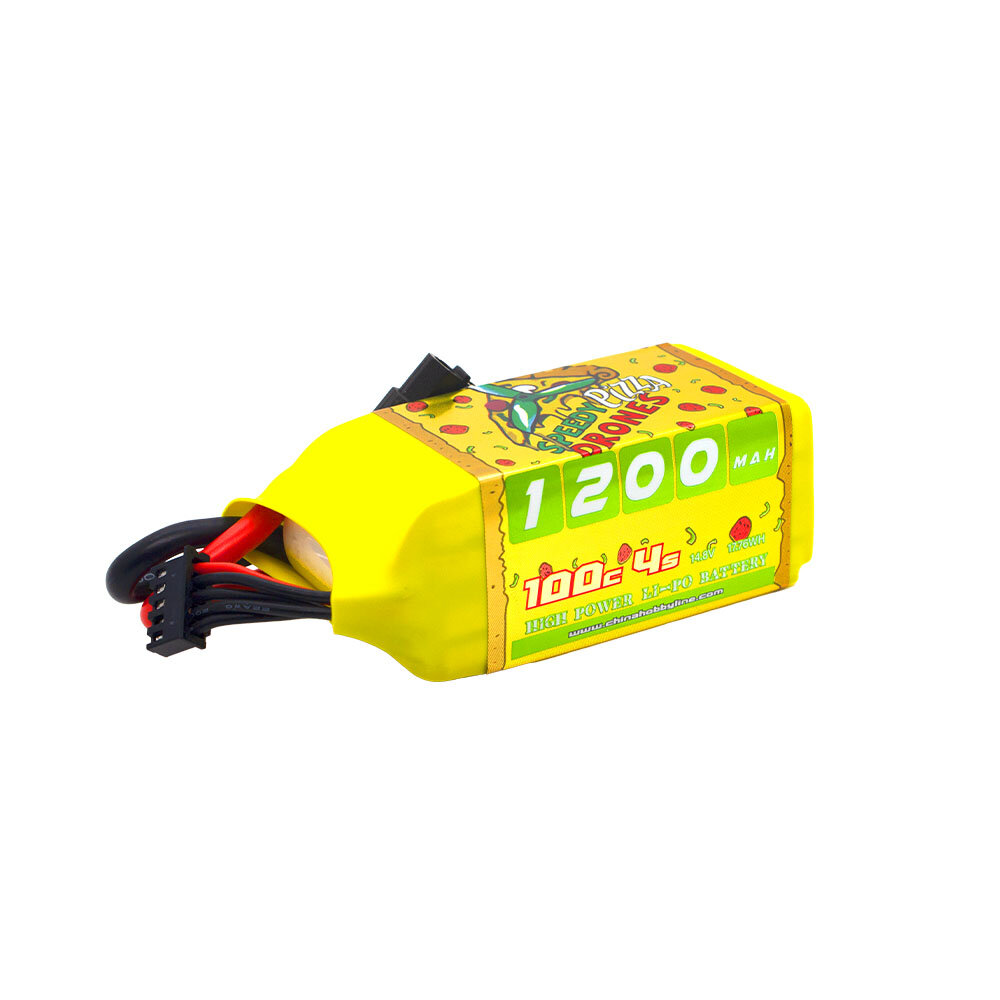
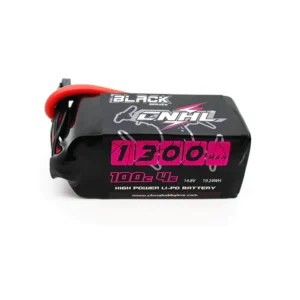
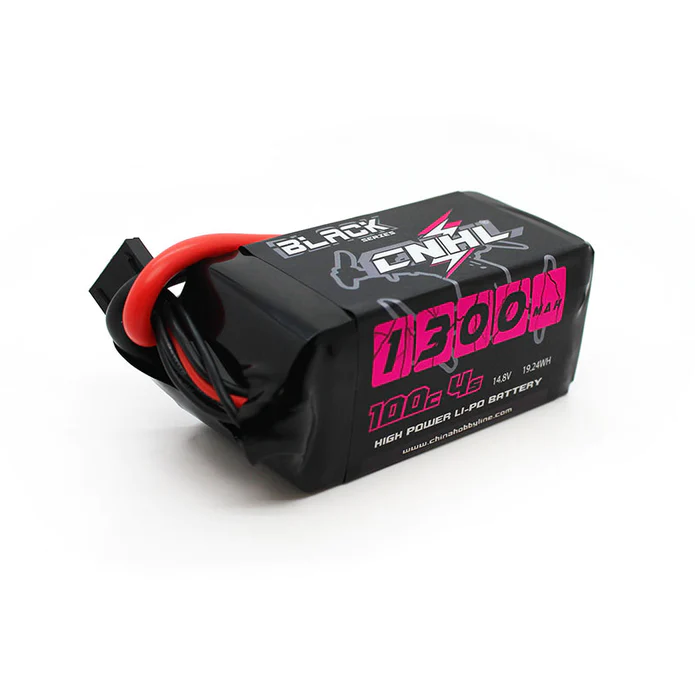
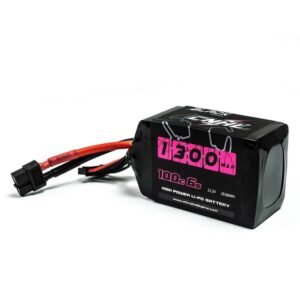
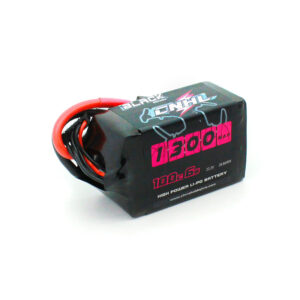
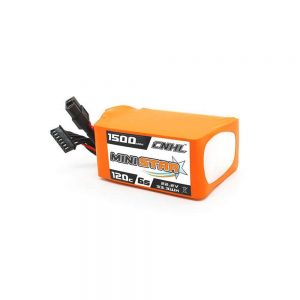
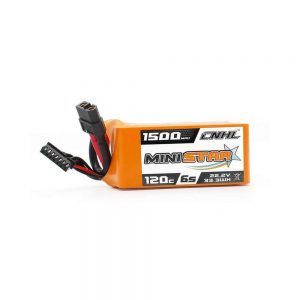
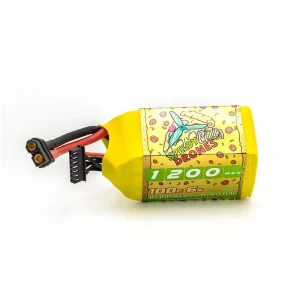
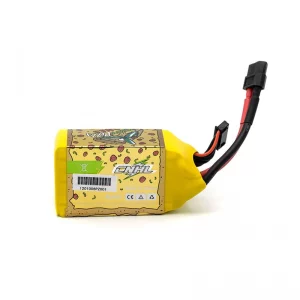
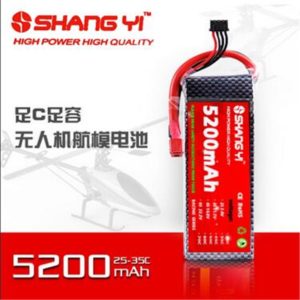
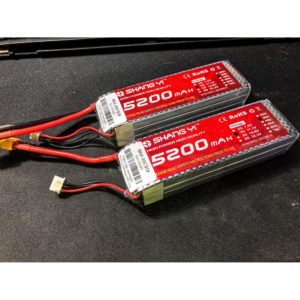
Reviews
There are no reviews yet.